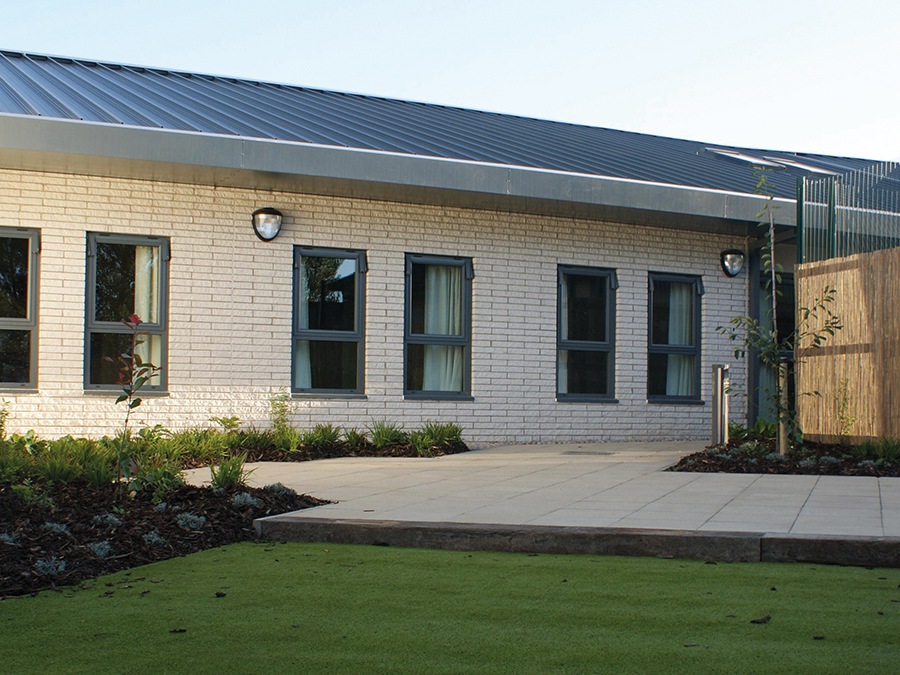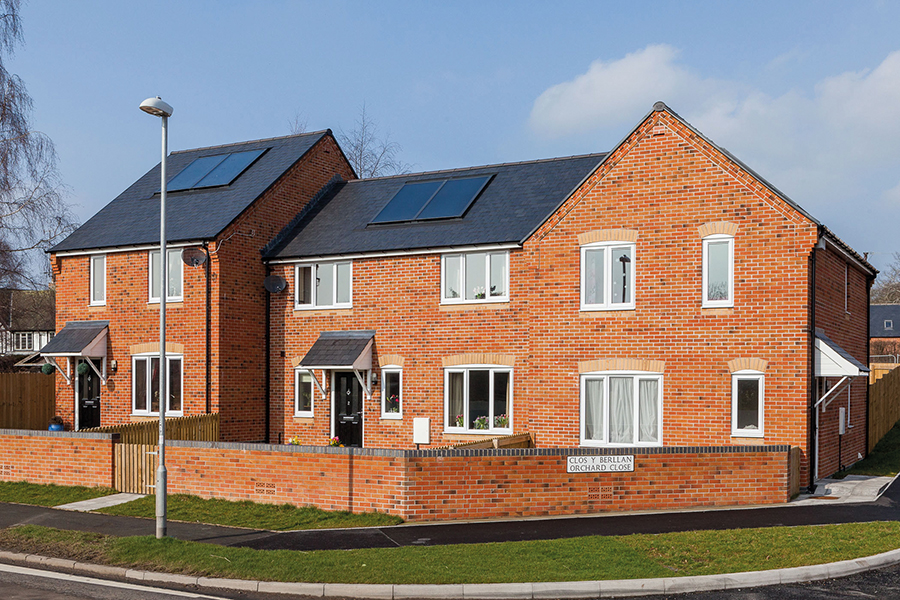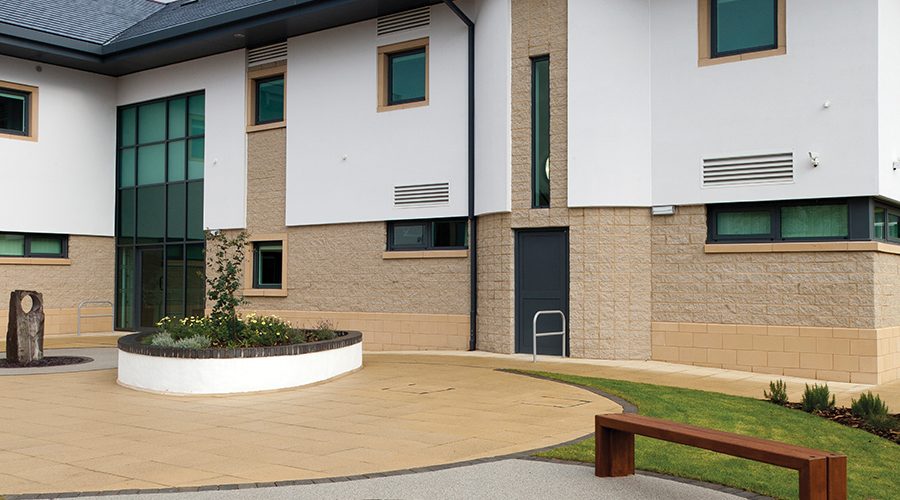In the Autumn Budget in November 2017, Philip Hammond announced the Government’s intention to build 300,000 new homes a year. The chancellor conceded there will be no ‘single magic bullet’ to increase the supply, and indeed almost a year and a half later, we are lagging behind targets. Christopher Stanley, Housing Manager at The Concrete Block Association, explores further.
The Concrete Block Association
The current media and political obsession over Brexit is not helping, as it distracts from the pressing need to build more houses. The target itself is relatively modest and entirely possible to achieve with existing manufacturing facilities and infrastructure. Yet even before we have left the single market, we are still not meeting these targets; last year we were 80,000 short.
Importantly, the masonry industry is one of few which is largely protected from many of the effects of Brexit uncertainty. From a production perspective, most materials are locally sourced and, therefore, any future import levies should not hamper production.
The housing market should be a diverse place and there is a need for different types of construction. However, efforts to increase new starts in public sector housing have been lacklustre while the housing market stagnates. This is not good enough, and I’d like to take the opportunity to delve a little deeper into how we can solve it.
Push for results now
Our current Government is almost obsessively pushing Modern Methods of Construction, in particular funding schemes for modular houses. Yet I feel that we need to adopt a more holistic approach. This single-mindedness is unhelpful and in my view not the panacea it is hoped to be.
On the surface, it’s perceived modular enables us to meet targets quickly, however, if we look at the 1950s and 60s modular builds, many are no longer fit for purpose. The scandal is these were not built very long ago. Surely we don’t want housing stock that needs renewing on a generational basis?
True, techniques have evolved since, but we need to be careful not to repeat old mistakes. By all means, incorporate modular into the housing landscape, but let’s make sure we use materials with longevity in mind and we don’t rush the construction.


Traditional is part of a sustainable solution
To maximise sustainability, we should be building for longevity. Yet with the push for ‘results here and now’, we’re in danger of letting the bad practices of the past, creep back in. Crucially, we must not plan obsolescence into our housing; instead we should be learning lessons from this legacy of poor quality building and improving.
The preoccupation with Modern Methods of Construction weighs heavy on this, amounting to a prejudice against traditional forms of construction. There’s an erroneous perception that a technique must be better simply because it is new.
But look at the mid-rises created by the Peabody and Guinness Trusts in Victorian London. A prime example of these is the Boundary Estate in East London’s Shoreditch. Built from masonry, it’s still standing and still occupied over a century later, and an indispensable part of the local community.
Furthermore, the masonry sector delivers the materials used as the primary constituent in around 85% of current new build housing. We are more than capable of absorbing at least 85% of the total materials needed for the extra 80,000 houses.
Sea change in current attitudes
It does surprise me how short-term politicians and housebuilders memories are. During the last recession, it was the social housing sector that helped prop up our housebuilding industry.
Brexit pending, there may well be another downturn on the horizon. We can’t have blind faith in this being possible again, therefore attitudes need to change.
Understandably, housebuilders might worry about the effects of Brexit on their workforce as well as the supply chain. Therefore, they should be focusing on methods of construction most workers are already skilled at, i.e. traditional onsite utilising local material, and not solely heavily invest in new ones that require upskilling, huge amounts of capital and imports.
An active approach
While meeting the targets, we also need to build to sustainability standards; Passive House, for example. The fact is social housing could be working harder to implement some of these elements to improve efficiency.
One of our goals as a trade association is to educate the industry about the benefits of masonry construction, such as the inherent thermal mass of masonry, which helps achieve optimal thermal mass and therefore minimal energy use for temperature control.
In order to foster a better industry understanding of this important consideration, we now offer a U-value calculator, an entirely free and easy to use tool to help builders’ merchants, housebuilders and developers identify the best materials to use to achieve certain U-values.
Ultimately, we must not become distracted by the negative rhetoric preoccupying the national conversation. We have so much to do to fix the housing market, much of which is irrelevant of Brexit. There may be dark clouds gathering elsewhere, but for our industry, the sun is currently shining, so let’s fix the roof.






